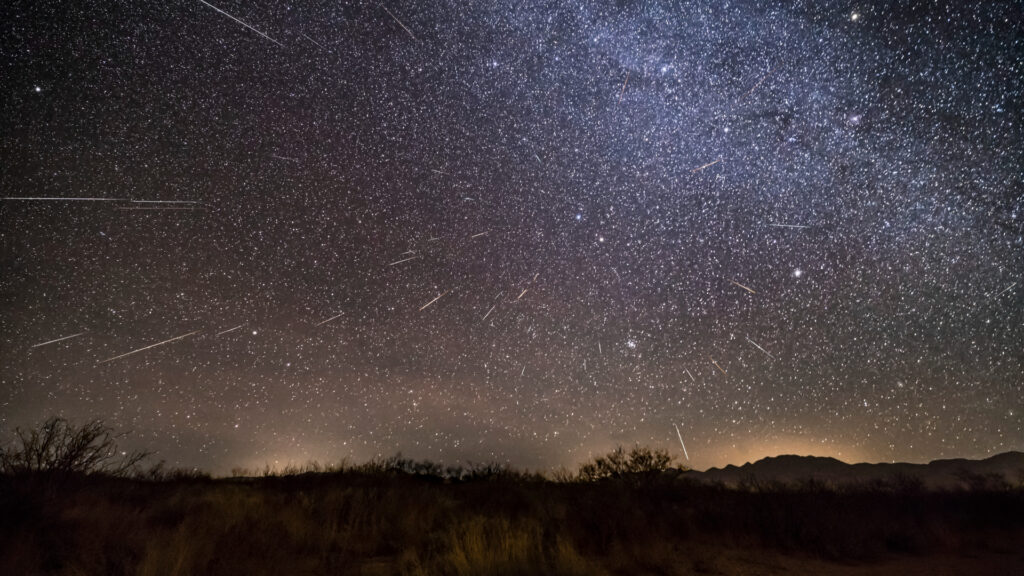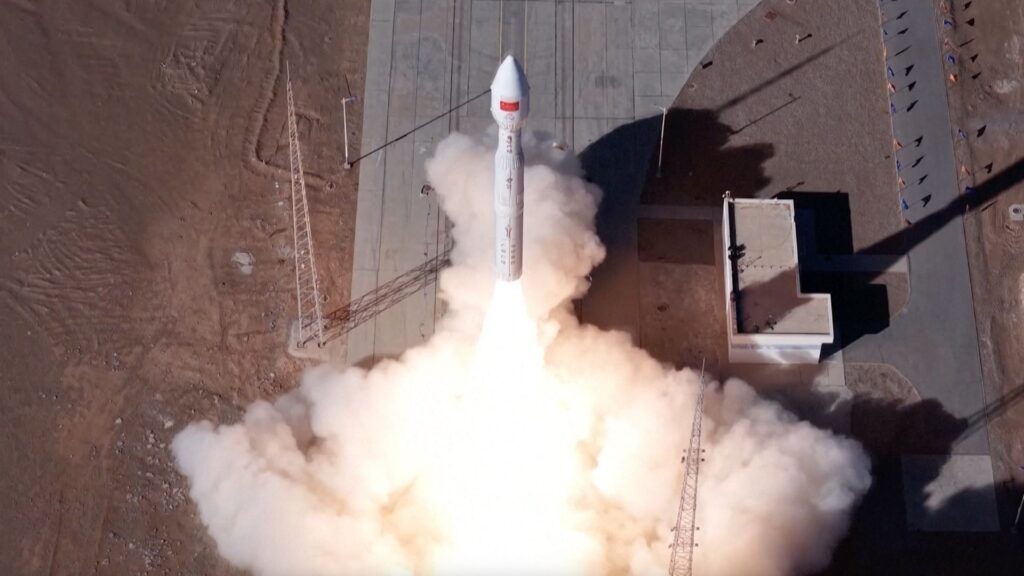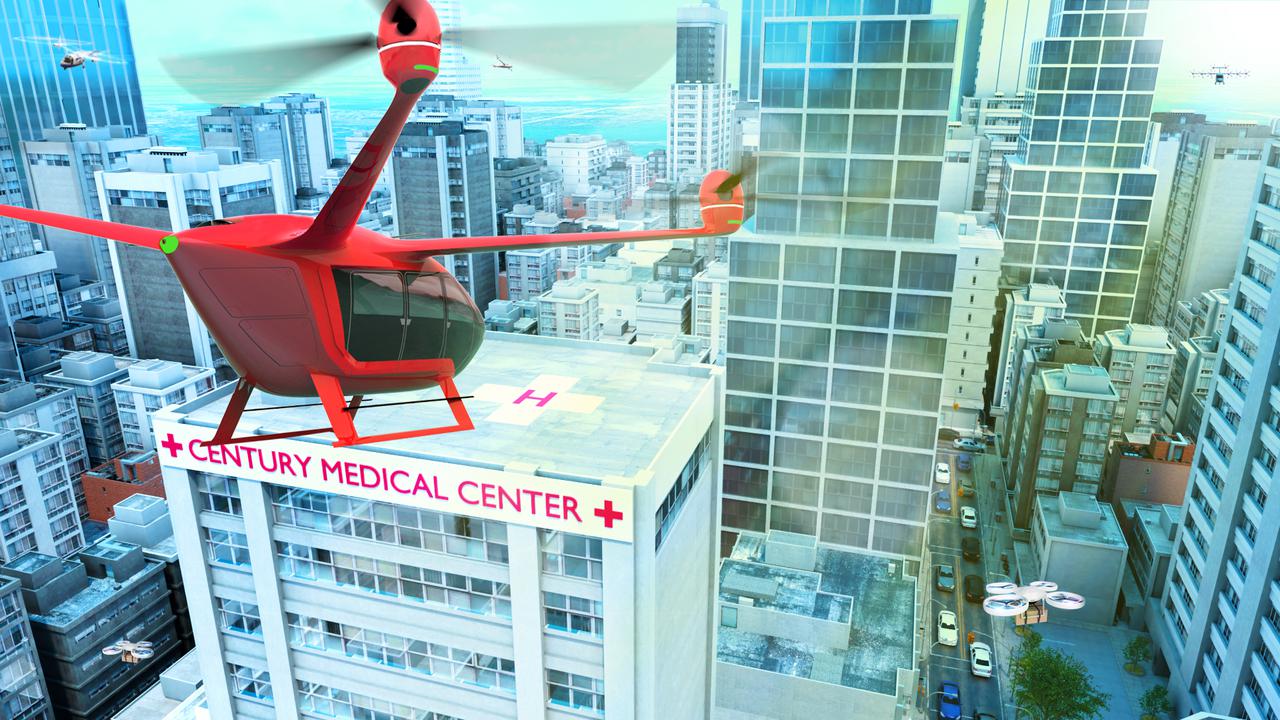Now Reading: Chinese astronauts to get replacement spacecraft after debris strike leaves them without a ride home
-
01
Chinese astronauts to get replacement spacecraft after debris strike leaves them without a ride home
Chinese astronauts to get replacement spacecraft after debris strike leaves them without a ride home
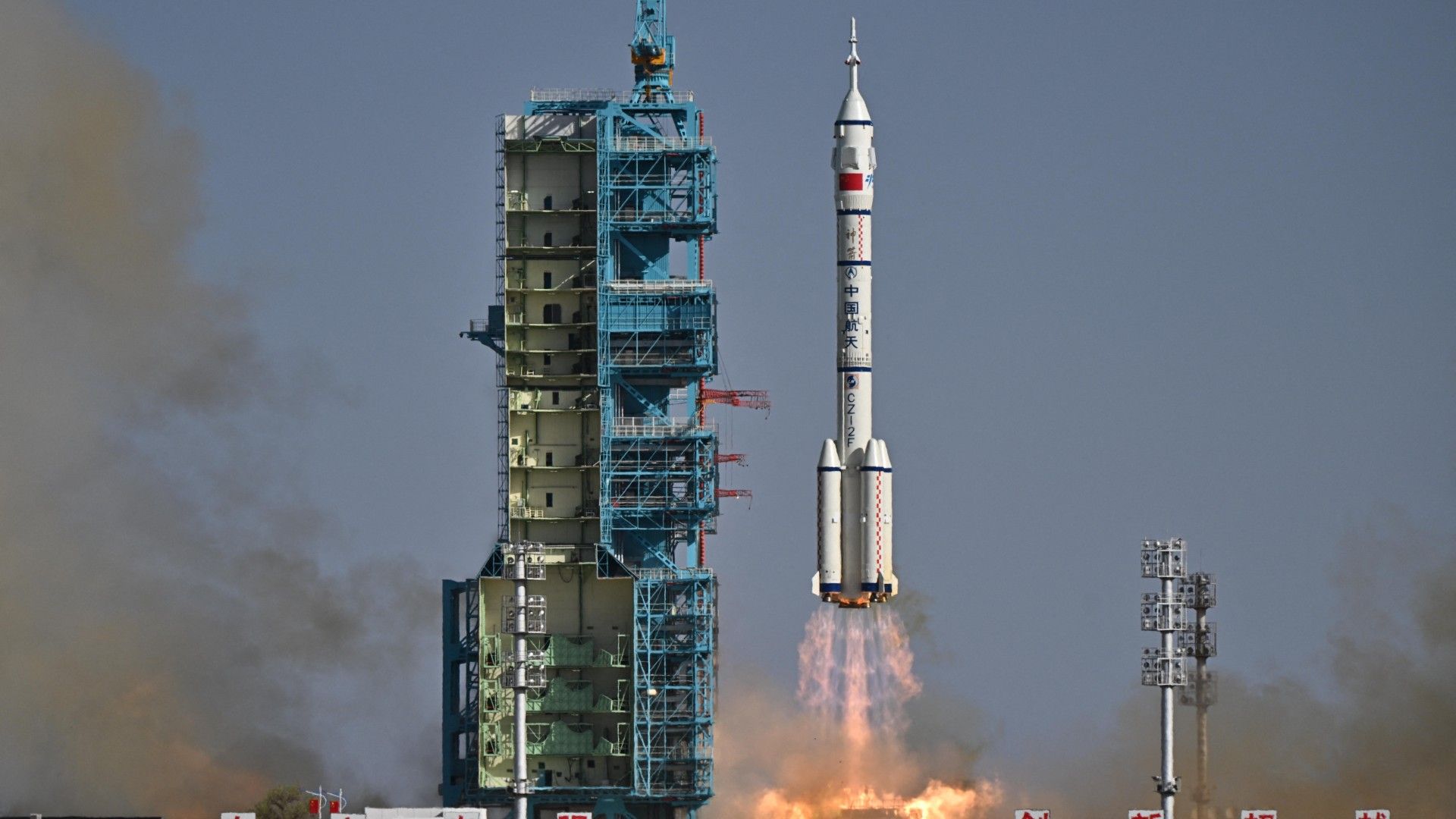
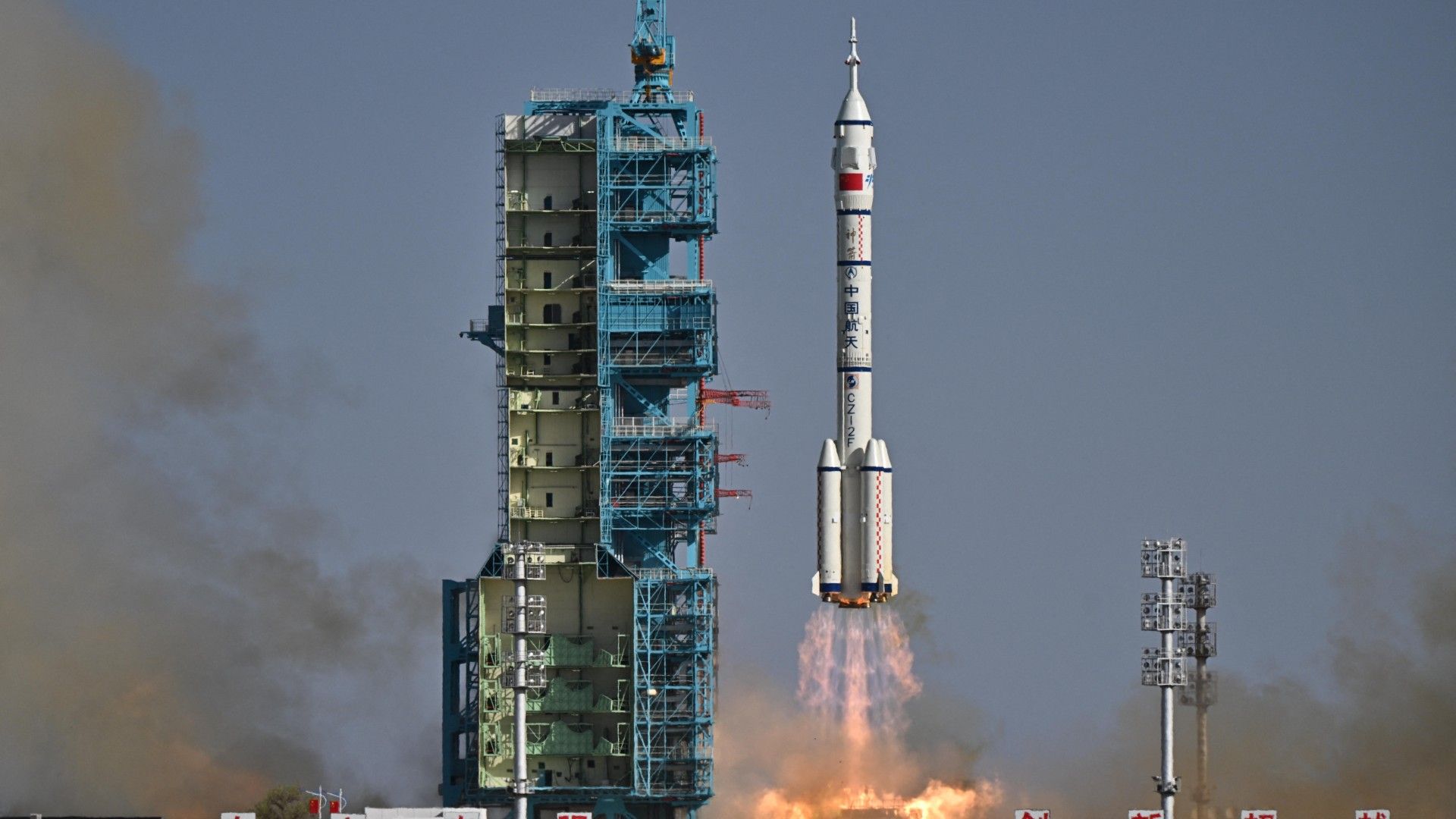
China appears to have set a launch date for an uncrewed spacecraft that will replace one damaged by space debris while docked at the Tiangong Space Station.
The three astronauts (or taikonauts) of the Shenzhou 21 mission are currently aboard China’s Tiangong Space Station without a ride home after one of the nation’s spacecraft was damaged by an apparent space debris strike. The impact left cracks in a window on the SZ-20 capsule, the spacecraft that launched the three crewmembers of the Shenzhou 20 crew to Tiangong in April 2025 and was set to bring them home. After that capsule was deemed unfit for the return flight, the Shenzhou 20 crew flew back to Earth aboard the current crew’s spacecraft. That means the members of the Shenzhou 21 mission have been without a lifeboat for going on three days.
The official added that China will take the opportunity to send up food and additional cargo to the Shenzhou 21 crew, who just began their six-month stay aboard Tiangong on Oct. 31. The crew includes commander Zhang Lu, Zhang Hongzhang and Wu Fei, the current youngest member of China’s astronaut corps.
Shenzhou 22 was originally slated to launch sometime between April and May 2026. Because the Shenzhou 20 crew had to remain on-station for several days longer than their mission was originally scheduled for, Tiangong’s supplies likely dwindled faster than anticipated, necessitating additional cargo that the Shenzhou 22 spacecraft can now deliver.
China’s space agency keeps a Long March 2F rocket and replacement Shenzhou spacecraft on-hand and ready to be fast-tracked for launch in as few as 8.5 days, according to SpaceNews.
But launching a spacecraft to rendezvous and dock with a space station requires a space station to be in just the right orbital position relative to a launch site. By the time Shenzhou 22 launches to Tiangong, close to three weeks will have passed since the cracks were discovered in the SZ-20 spacecraft.
China’s Shenzhou woes mark the second incident in two years that has seen astronauts “stranded” aboard a space station without a dedicated return craft.
NASA astronauts Butch Wilmore and Suni Williams flew to the International Space Station (ISS) in June 2024 on the first crewed flight of Boeing’s Starliner spacecraft, but experienced helium leaks and thruster issues as they approached the ISS. NASA decided to bring Starliner back to Earth without Wilmore and Williams aboard, whose planned 10-day mission would turn into nearly nine months aboard the ISS. They eventually came home on a SpaceX Crew Dragon capsule that was sent up to the station half-empty to leave room for them.
Some spaceflight experts say these incidents have been a “massive wake-up call” for the need for a dedicated international space rescue service. Cooperation between NASA and China’s space agency is generally prohibited by U.S. law, however.
Stay Informed With the Latest & Most Important News
-
 012024 in Review: Highlights from NASA in Silicon Valley
012024 in Review: Highlights from NASA in Silicon Valley -
 02Panasonic Leica Summilux DG 15mm f/1.7 ASPH review
02Panasonic Leica Summilux DG 15mm f/1.7 ASPH review -
 03From Polymerization-Enabled Folding and Assembly to Chemical Evolution: Key Processes for Emergence of Functional Polymers in the Origin of Life
03From Polymerization-Enabled Folding and Assembly to Chemical Evolution: Key Processes for Emergence of Functional Polymers in the Origin of Life -
 04How New NASA, India Earth Satellite NISAR Will See Earth
04How New NASA, India Earth Satellite NISAR Will See Earth -
 05And Thus Begins A New Year For Life On Earth
05And Thus Begins A New Year For Life On Earth -
 06Astronomy Activation Ambassadors: A New Era
06Astronomy Activation Ambassadors: A New Era -
07SpaceX launch surge helps set new global launch record in 2024












